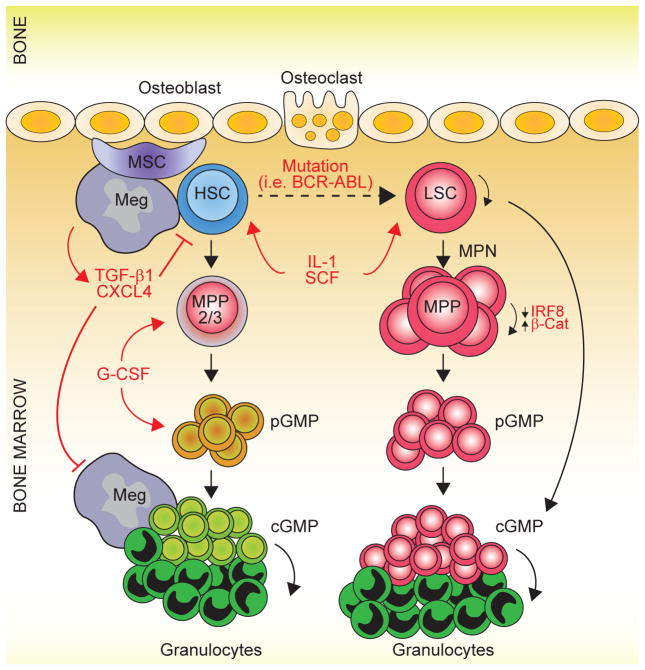Figure 1. Spatiotemporal Functions of Granulocyte-Macrophage Progenitors in Emergency Hematopoiesis and Myeloid Malignancies.
During emergency hematopoiesis, HSC differentiate into myeloid-biased multipotent progenitors (MPP2/ 3) and then into granulocyte-monocyte progenitors (GMPs). GMPs first organize in loosely collected patches (pGMPs) in the BM and then condense to form distinct, compact, and transient clusters of GMPs (cGMPs) tightly surrounded by differentiated myeloid cells (i.e., granulocytes). These transitions are mediated by stimulatory cytokines, such as IL-1, SCF, and G-CSF, and inhibited by niche factors, such as TGF-β1 and CXCL4. These factors are released by megakaryocytes, which restore HSC quiescence and serve as a negative feedback mechanism for cGMPs. During development of myeloid malignancies, this mechanism is conserved by a lack of TGF-β1 and CXCL4 and an aberrant β-catenin-Irf8 self-renewal network. MSC, mesenchymal stromal cell; Meg, megakaryocyte; HSC, hematopoietic stem cell; MPP, multipotent progenitor; BM, bone marrow.

